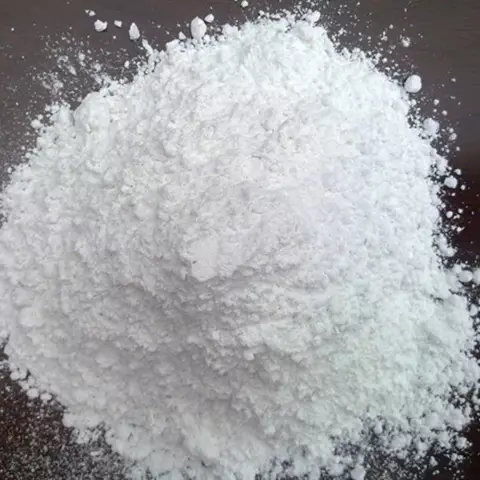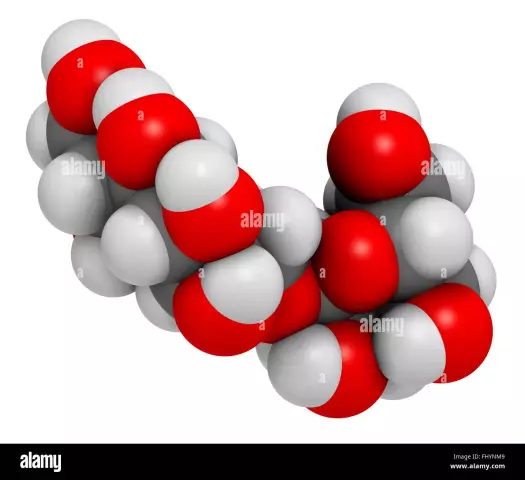- Author Rachel Wainwright [email protected].
- Public 2023-12-15 07:39.
- Last modified 2025-11-02 20:14.
Beer

Beer is the most commonly used low-alcohol drink. Thus, the drink ranks third in the ranking of the most popular alcoholic and low-alcohol drinks in the world. It began to be made about eight thousand years ago. England, Germany and the Czech Republic are especially famous for the production of this drink.
Beer can be simple, with a strength of 0.5-1.5% rpm, draft (0.5-2.8% rpm), strong (5-12% rpm), with a rich bitter taste, and whole (up to 7% revolutions). Whole beer also includes non-alcoholic and low-calorie beer (0.3-3% of turnover). The strongest beer was made in Germany. Its fortress was 10.5% of the revolutions.
According to the composition, wheat, barley, malt, as well as rice, rye and corn beer are distinguished.
There are dark, light, red and white beers. Dark beer differs from other types of higher content of dark malt. Lager beer is produced using special yeast. Wheat beer (porter) is produced using a separate top-fermentation technology.
Nutritional value and calorie content of beer
Natural beer is made from hops, malt, water and yeast. It consists of 91-93% water. This drink contains 1.5-4.5% carbohydrates (75-78% dextrins and 10-15% simple carbohydrates - sucrose, glucose, fructose), 3.5-8.0% ethyl alcohol and 0.5-1% carbon dioxide.
It contains nitrogen-containing compounds (0.2-0.7%) - malt polypeptides and amino acids (proline, alpha-aminobutyric acid, phenylalanine, valine, tyrosine, aspartic acid, arginine, tryptophan, histidine, cystine, asparagine).
The malt of the drink contains vitamins A, D, E, K, B, C, PP. There is a lot of vitamins B1 and B2 in this drink, little biotin and pantothenic acid.
When drinking one liter of beer, a person gets 32% of the daily value of vitamin B6, 20% of vitamin B2 and 25% of pantothenic acid.
Salts of organic acids are represented by citric acid - a natural stabilizer of the drink, gluconic, acetic, oxalic, malic, succinic and fumaric acids.
Beer is low in sodium but high in potassium. There is also sulfur, chlorine, calcium, magnesium, phosphorus, iron, copper in this drink.
Phenolic compounds of the drink are represented by phenol, orthocresol, coumarin, leukocyanidins, protocyanidins, leukoanthocyanidins, anthocyanidins and quertecin. Polyphenols are represented by ellagic, protocatechic, vanillic, salicylic, paraosibenzoic acids. 90% of phenolic compounds are found in malt, and 10% in hops.
Beer hops also contain bitter, low and high resinous substances. They play the role of natural preservatives. Besides, the composition of hops contains hormones-estrogens of natural origin.
Hop oil is rich in aromatic compounds - aldehydes, ketones, ethers and others.
The calorie content of beer is lower than the calorie content of fruit drinks, Coca-Cola, and apple juice.
The calorie content of beer is 37 kcal per 100 g.
The benefits of beer

In ancient times, the beneficial properties of beer were already known. The Sumerians rinsed the mouth with beer to get rid of a toothache. According to some scientists, the medicinal properties of beer are second only to grape wine.
The benefits of beer are due to the presence of a huge amount of useful natural substances in its main components.
However, beer is beneficial to the human body only if consumed in moderation. It is recommended to drink no more than one liter of beer daily.
This barley drink helps to restore the gastric mucosa in case of peptic ulcer, duodenitis, gastritis.
The extractive components of the hops have an analgesic, soothing and disinfecting effect.
Brewer's yeast is recommended to be taken orally for diabetes, infectious diseases, furunculosis, acne and other skin diseases. For skin diseases and rheumatism, ointments developed on the basis of the main components of beer are often prescribed.
American scientists claim that regular consumption of a small amount of beer reduces the risk of heart attack by 50%. In addition, so-called good cholesterol is part of alcohol. This type of cholesterol helps to cleanse blood vessels from various harmful deposits. In addition, beer slightly lowers blood pressure, and also promotes vasodilation.
An important benefit of beer is its diuretic effect.
Beer is an important source of healthy silicon. The use of silicon reduces the risk of developing brain atrophy, speech impairment and disorientation, and also suppresses the negative effects of alcohol on the body.
Hop bitterness activates the secretion of gastric bile, and the antioxidants contained in the drink reduce the risk of developing tuberculosis and cancer. The choleretic properties of beer have been confirmed by microbiologist Robert Koch.
Beer-based masks are widely used in cosmetology.
The harm of beer
The benefits and harms of beer are determined only by the dose of consumption.
With excessive beer consumption in men, under the influence of plant-derived estrogen, the mammary glands gradually increase, and the amount of fatty deposits in the waist area also sharply increases.
As a result of fermentation of the main components of beer, by-products are formed that are harmful to the human body - methanol, ether compounds, fusel oils, aldehydes.
Some scientists argue that regular consumption of this drink in large doses increases the risk of developing dementia.
The harm of beer lies in the high content of hop tar, which are considered dangerous carcinogens.
Drinking the drink in large doses can lead to demineralization of the body.
Found a mistake in the text? Select it and press Ctrl + Enter.






